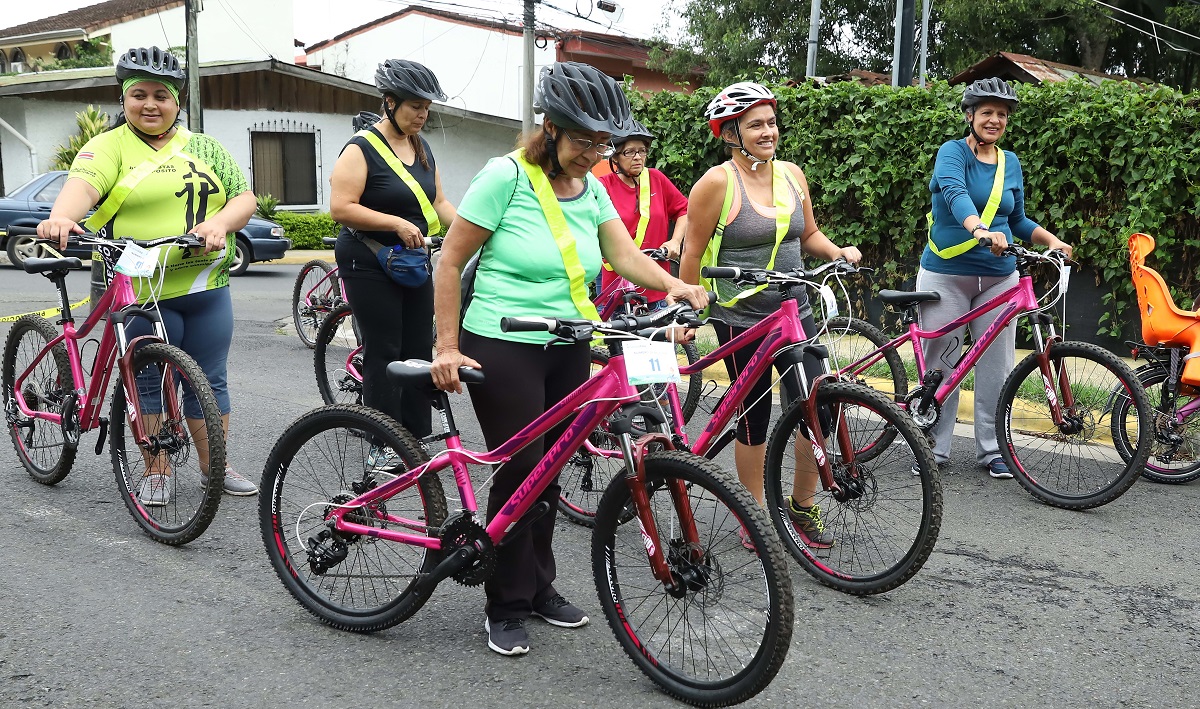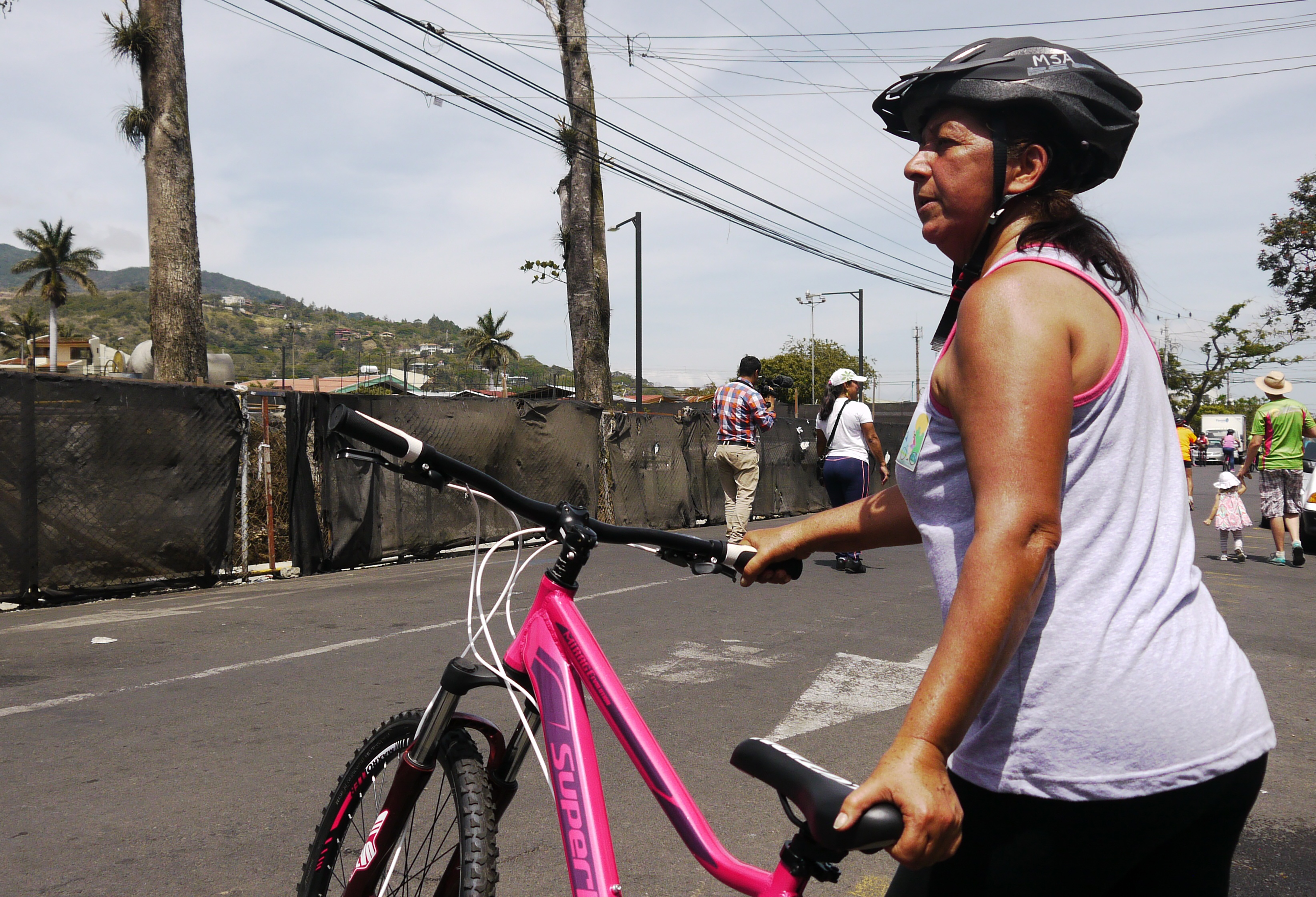The City of Santa Ana wants to implement a permanent Sustainable and Active Mobility Program that allows a paradigm shift in mobility, such a way that the cities prioritize walking, cycling and public transport.
The first phase of the Santa Ana en Cleta project focused on ways to encourage women, particularly in vulnerable communities, to use a bicycle as a means of personal and economic development.
An initial day of practical workshops was organized and addressed topics such as: techniques for learning the use of the bicycle, essential information for safe travel, the choice of device, safety accessories, relevant legislation and driving techniques in the city.
A Specific tool has been created to identify safe and efficient common routes for cyclists; routes to go to schools, colleges and public institutions. Together with the private sector, a tool has been developed to assist workers in finding alternatives for their daily commute to and from work, and other strategic points within the city.
The city government also wants the population to re-appropriate the public space and participate in reviewing and contributing to improving it constantly.
An electronic survey has been conducted which showed there is community need for an improved active mobility infrastructure (including a shared bicycle system), signage, bicycle parking and updated facilities in public spaces. The survey also showed that citizens are willing to participate in activities and spaces promoted by the municipality.
The municipality is involving actors on a national level, as well as collaborating with the private sector to generate a more robust outreach program for the entire community in 2019. The partnership involves various levels of public-public, public-private and public-community alliances. The key government stakeholder is the Vice Ministry of Transport, and the key public actor is ICODER (Costa Rican Sports Institute) who is providing supporting economic resources.
The City administration is still in the process of creating partnerships with the private sector.
For the establishment of a public bike system, the City is in discussions with two real estate companies, Kirebe and City Place, who have expressed interested in collaborating with the initiative.
The city is continuing to work with community organisations and moving forward will focus on senior citizens and children as well as continuing working with women.
Technical training has been carried out with UNDP (United Nations Development Program) to train all municipal staff, especially those who work on issues related to transport and mobility.



